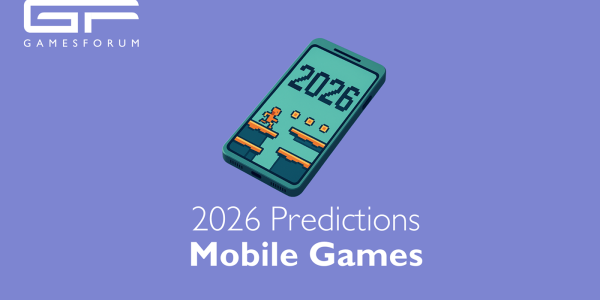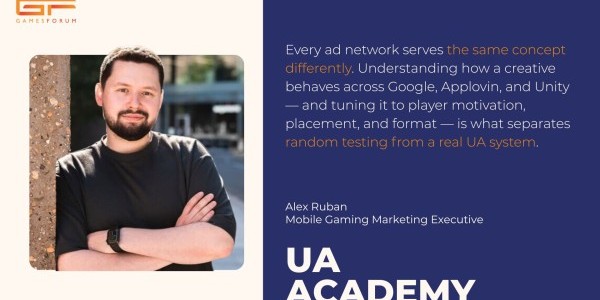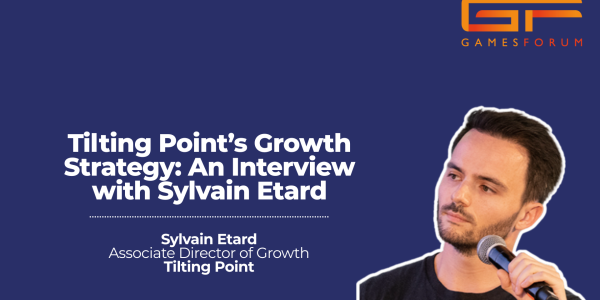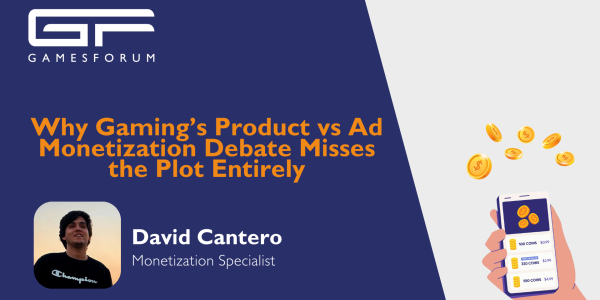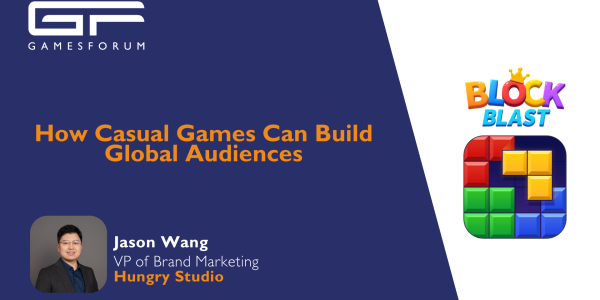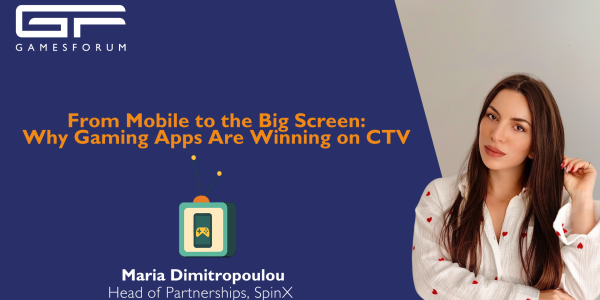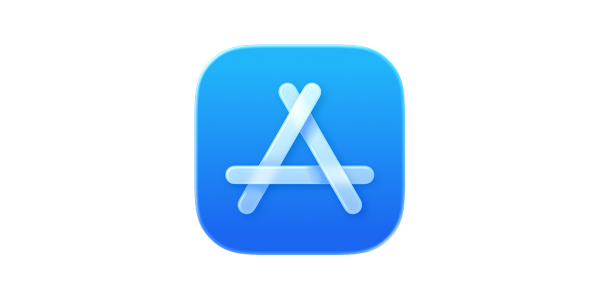AI Advertising Unlocked: How to Scale Creativity for Better Results
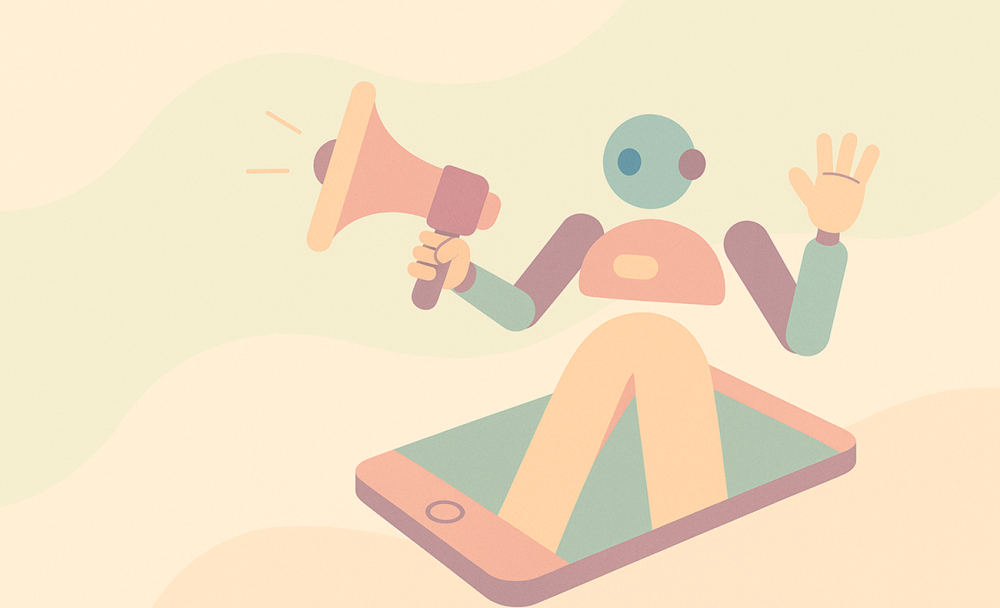

By Greg Castro, VP Global Partnerships, Mobvista
AI continues to be the hot topic in 2025, and its impact on advertising is no exception. Just as in other industries, AI has also become a powerful assistant for the ad industry, relieving creative teams' workload by automating repetitive tasks and accelerating production.
With all the benefits AI brings, advertisers also need to be aware of its limitations. How can marketers make the best use of AI to create smarter ads that drive meaningful actions? In this blog, we explore best practices for leveraging AI in ad production and what it takes to create meaningful ads that connect with the audience and convert.
Build Emotional Connections That Drive Action
Yes, AI can help you build ads in seconds, but simply having an ad output alone isn't enough to attract users' attention and convert them. How do you make ads that stick? By making your ad feel relatable.
One of the most effective ways is through storytelling. Ads can be forgettable. People either recall only the very first or last detail, or nothing at all. Storytelling bridges that gap by creating an emotional hook, as it taps into feelings and aspirations, turning an ordinary ad into an experience.
AI ad generators make it easier for advertisers to build these connections. For example, Playturbo's Avatar to Video feature allows advertisers to generate videos that feel personal and authentic. These AI tools can transform scripts into spokesperson-style videos or engaging visuals.
With automatic ads, advertisers can design stories that mirror the user journey, making the experience feel relatable. They can also introduce an unexpected twist to trigger stronger emotional engagement. For example, in a gaming ad, you might give users a sense of mastering the challenge at first, only to introduce an unexpected twist, such as a crash that disrupts their confidence. That sudden emotional shift creates a powerful "I can do this" moment that encourages users to re-engage and try again. By weaving in these emotional beats, these ads become the hook that compels them to download the full game to succeed.
For gaming apps, automatic ads enhance structured video assets or native gameplay recordings with clickable prompts, guidance text, or feedback at key moments. For non-gaming apps, advertisers can use either conversion-oriented templates to highlight offers and product features, or engagement-oriented templates that incorporate gamification mechanics, such as spin wheels or mini challenges.
Speak to Audiences in Their Own Words
If you want to expand your app into new markets, you'll need more than one ad copy for each market. You can draft them yourself, or you can leverage AI to generate and translate copy at scale. However, simple translation isn't enough; what you need is true localization. Cultural nuances, visual preferences, and even humor vary across regions. A message that works in one market might fall flat, or worse case, backfire, in another.
That's why successful global advertisers go beyond word-for-word translation. They adapt tone, imagery, and storytelling to match local expectations. For instance, a color or number that symbolizes good luck in one culture may carry the opposite meaning in another.
AI-powered language adaptation tools can help advertisers overcome this challenge. These AI tools don't just translate the copy, they can also automatically generate high-converting messages that stay on trend. If you already have ad copy, an AI ad generator can run through it, automatically detect the language, and output localized versions with accurate translation, dubbing, and tone. This makes it easier to scale across multiple markets without losing nuance.
Bring Static Ads to Life With Playables
Yesterday's ads were about watching, and today's ads are about participating. Interactive ads invite users to engage with the experience rather than passively consume content, and this approach works for both gaming and non-gaming apps alike. There are several different forms of interactive ads, such as quizzes, swipeable stories, and, of course, the most famous, playable ads.
You can either create interactive ads from scratch or, if you already have video assets, AI ad generators can transform them into playables in seconds.
• For gaming apps, automatic ads enhance structured video assets or native gameplay recordings with clickable prompts, guidance text, or feedback at key moments.
• For non-gaming apps, advertisers can use either conversion-oriented templates to highlight offers and product features, or engagement-oriented templates that incorporate gamification mechanics, such as spin wheels or mini challenges.
Even though these elements are simple, they add a layer of 'fun' to your ad.
Weighing the Pros and the Pitfalls
AI brings numerous advantages, including faster creative iteration, cross-platform adaptability, batch editing and exporting, and performance tracking at scale. However, like any powerful tool, it also presents challenges that you need to be aware of.
One of the concerns is quality control. The quality of the AI outputs typically depends on the quality of the data you feed the system, meaning that if you input low-quality data, the generated ad can yield off-brand, inaccurate, or even misleading results.
Another concern is ethics and compliance. With the increasingly stringent regulations, advertisers want to ensure their ad content is legally and ethically sound. Developers must balance AI's speed with careful oversight to avoid costly missteps.
Avoid Over-Reliance on AI
The future is not about AI replacing humans, but rather about AI and humans working together.
AI excels at generating, testing, and adapting creatives across formats and markets at scale. This speed and adaptability make AI ad generators invaluable for staying competitive in fast-moving industries.
However, what AI lacks is the human touch. It lacks understanding of brand nuance, cultural sensitivity, and long-term strategy, and that's where humans come in to set strategic direction by defining campaign goals and providing creative direction. In addition, humans can provide empathy and cultural context to ensure these ads resonate with their audience rather than feeling awkward.
Together, AI extends human creativity and efficiency, while humans provide empathy, context, and judgment. This partnership produces ads that are smarter and more impactful.




